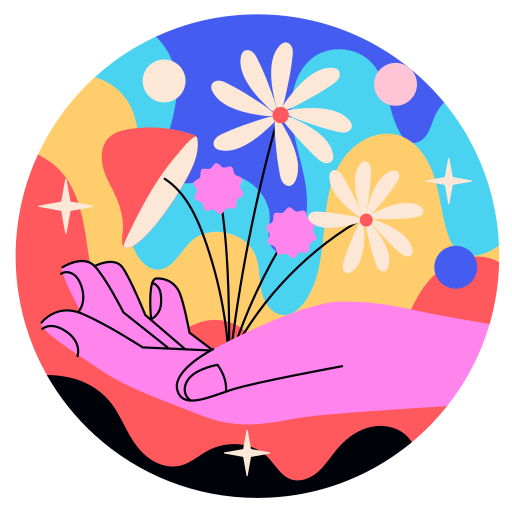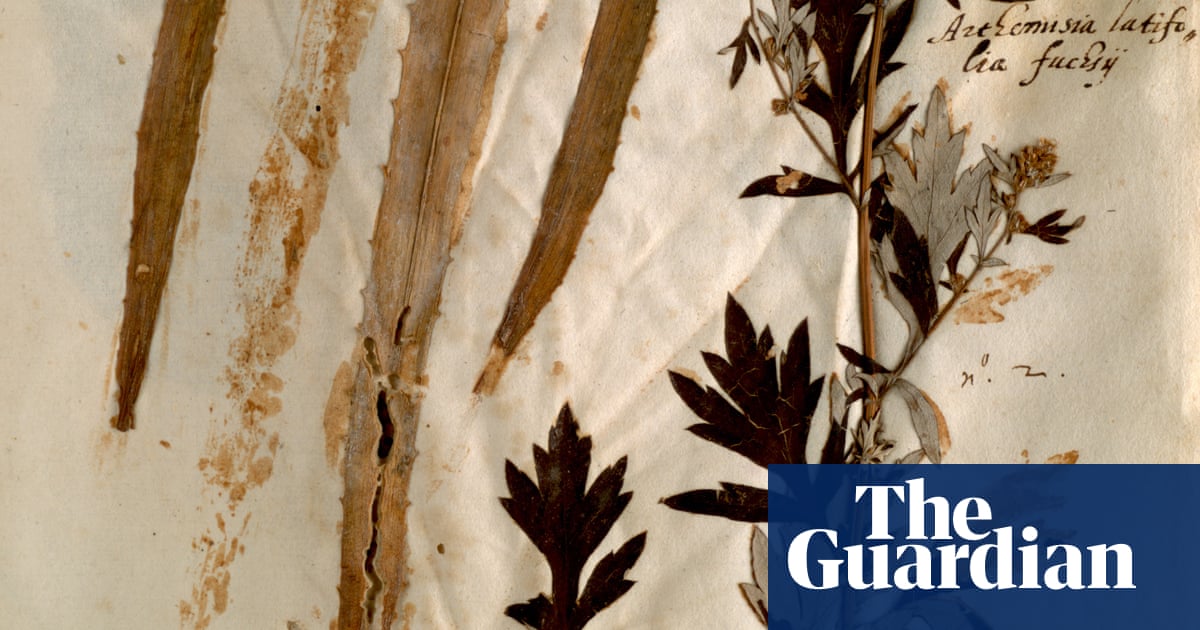A collection of pressed flowers taken from the hillsides of Bologna 500 years ago is unlocking knowledge about how the climate ccrisis and human migration is changing landscapes in northern Italy.
Picked between 1551 and 1586 by the Renaissance naturalist Ulisse Aldrovandi, the 5,000 delicately cut and dried plants form one of the richest collections of its time.
Aldrovandi’s original purpose was to identify plant species and understand which could be used for pharmaceutical purposes. Nearly half a millennia later, his carefully pressed specimens are helping botanists document the enormous changes that have taken place in the surrounding landscapes, according to new research published by the Royal Society.
This is the best summary I could come up with:
A collection of pressed flowers taken from the hillsides of Bologna 500 years ago is unlocking knowledge about how the climate crisis and human migration is changing landscapes in northern Italy.
Picked between 1551 and 1586 by the Renaissance naturalist Ulisse Aldrovandi, the 5,000 delicately cut and dried plants form one of the richest collections of its time.
Nearly half a millennia later, his carefully pressed specimens are helping botanists document the enormous changes that have taken place in the surrounding landscapes, according to new research published by the Royal Society.
During Aldrovandi’s time, Bologna’s hills were rich in species that are threatened or have even disappeared today, such as motherwort, which was used for medicinal purposes and is now likely extinct in the region.
“A recent scientific trend is to dismiss these collections, which are regarded as dusty, cumbersome, unnecessary burdens – very expensive to stock and maintain and practically of no use for modern research.
Find more age of extinction coverage here, and follow biodiversity reporters Phoebe Weston and Patrick Greenfield on X (formerly known as Twitter) for all the latest news and features
The original article contains 671 words, the summary contains 186 words. Saved 72%. I’m a bot and I’m open source!
We should make more time capsules specifically for scientists and academic institutions… Instead of “what would be a neat symbol of the times” it’s more like “what can I take a sample of that nobody else will bother to and will otherwise change or decay?”
edit: Like, could a sample of your junk mail be useful someday? A month’s worth of the physical, letterbound, came-in-the-mail stuff, with a careful record of the time period, location and socio-economic status of the receiver.
To be opened 200 years from now, long after all the non-preserved samples have met paper shredders, recycling centers and the carbon cycle.
Welcome to German bureaucracy. We keep everything.



